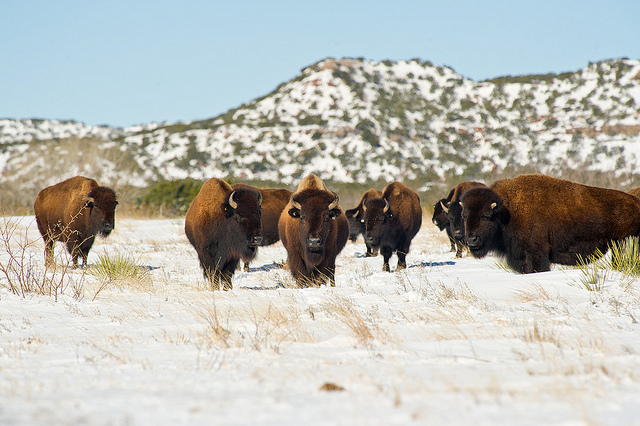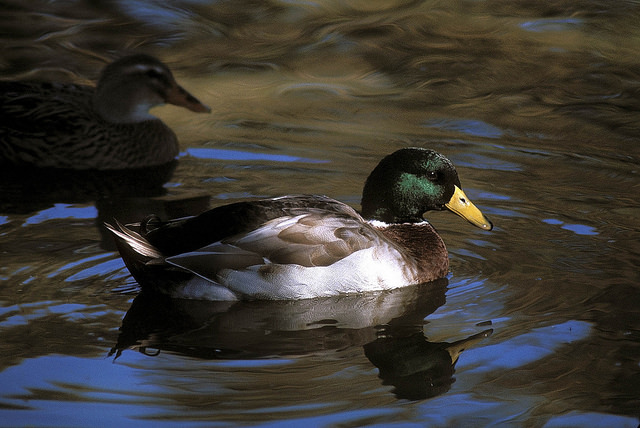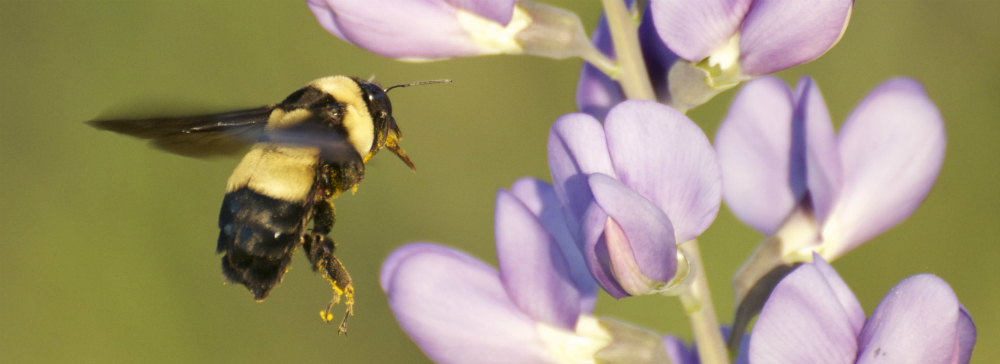TPW TV – Rescuing History
Friday, July 15th, 2016This is Passport to Texas
For the past 30 years, PBS viewers have experienced the Texas outdoors through Texas Parks and Wildlife’s television series. To celebrate, show producers, including Karen Loke who’s been with the series 24 years, share their favorite stories from the past.
And my favorite story is called Rescuing History. It’s about the capture and relocation of the last of the Southern Plains bison herd.
[Narrator Jim Swift] Doug is helping capture and relocate the last few descendants of the Southern Plains Bison. A pure, genetic strain of buffalo found nowhere else in the world.
[Doug Humphreys] But what makes this one different is that another buffalo has never been brought into this herd. There’s been no outside gene source introduced into this particular bison herd. So we’ve got a distinct genetic strain of buffalo that doesn’t exist anywhere else.
Producer Karen Loke said this touched her due to something rather unexpected that happened during filming. You can see for yourself when you tune into the Texas Parks and Wildlife television series on PBS the week of July 17.
[Roy Welch] To those of us involved in this project, it’s turned into be something quite more than just a simple matter of capturing a bison herd and relocating them over here to Caprock Canyons, in essence, we’re literally capturing a living piece of Texas history.
The award-winning Texas Parks and Wildlife Television series celebrates 30 years on PBS all season long. Check your local listings.
For Texas Parks and Wildlife, I’m Cecilia Nasti.







 Passport to Texas is a
Passport to Texas is a  Passport to Texas is made available by:
Passport to Texas is made available by: